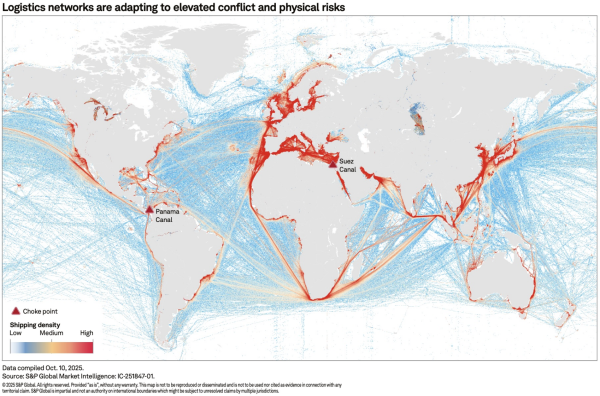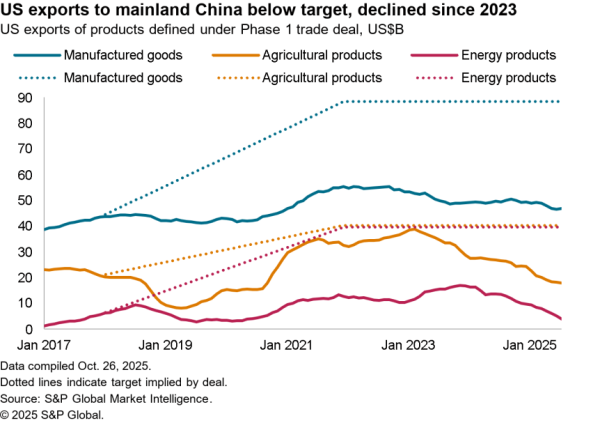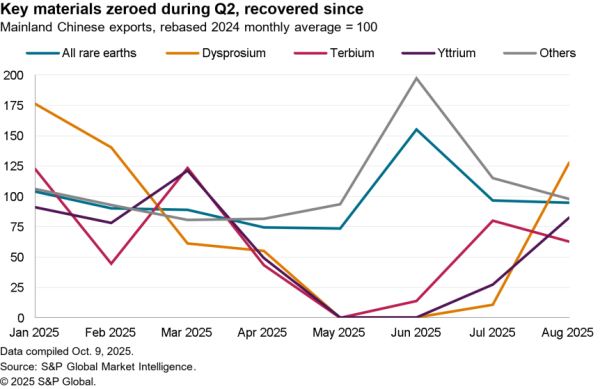The container-lines operating on U.S.-inbound routes had a bumper start to 2017 with an 8.6% increase in volumes handled in January, Panjiva data shows. The state of competition reflects indicates three broad behaviors in the market currently, both related to consolidation among the liners.
First was a 13.4% rise in handling by CMA-CGM and 17.4% in the past quarter following its integration with Neptune Orient last year. That illustrates how business can often slow down during the merger integration period before accelerating subsequently as the combined carrier seeks to deliver on promised synergies. A similar behavior could be seen from its Brazilian operations, as outlined in Panjiva research of February 13.
Second was the ongoing aim among some shippers for apparent scale for its own sake, with a 24.2% rise in handling from COSCO Shipping and 34.0% from Orient Overseas. Both have been aggressively building market share ahead of their deal, and will result in the combined entity being the largest on U.S.-inbound routes once the integration is completed.
Meanwhile companies where the integration process is in progress have been more conservative with Maersk / Hamburg Sud rising at a below-average 7.5% and the members of Japan’s Ocean Network Alliance increased by 3.4%.
That’s left the deal-less MSC and Evergreen as the notable losers with a 0.3% decline and 0.7% rise only respectively. Hyundai Merchant Marine also lost out to an emerging competitor, with an 8.7% slide in market share as SM Line reached 14th position with 69,592 TEUs.

Source: Panjiva
CMA-CGM’s growth has been driven in large part by an aggressive grab for market share on China-U.S. routes following the Neptune-Orient integration, with the result that its handling in the three months to January 31 rose 21.5% on a year earlier. That’s only partly explained by the restructuring of routes within the Ocean Alliance.

Source: Panjiva
In the case of COSCO Shipping (including Orient Overseas on an ex-post basis) there has also been a focus on specific routes aside from mainland China, including from Hong Kong where handling rose 27.9% in the past three months on a year earlier and hit a new record in January.

Source: Panjiva
New capacity announcements have piled up recently, raising the risk of increased competition for volumes that are growing less quickly. Second demand may be crimped by regulatory risks in the form of protectionism, particularly from China (due to the section 301 review by the Trump administration), South Korea ( KORUS amendments) and Mexico ( NAFTA talks). That would suggest competition from the newly integrated operators for volumes may move onto other routes including Taiwan (currently led by Evergreen) and Europe (Hapag-Lloyd).

Source: Panjiva




